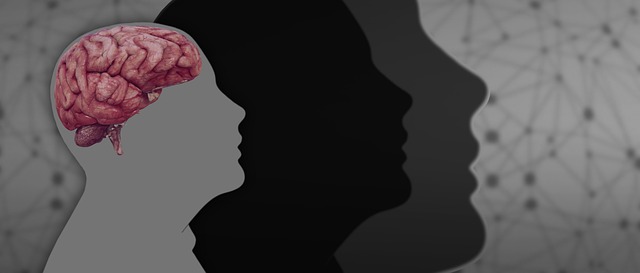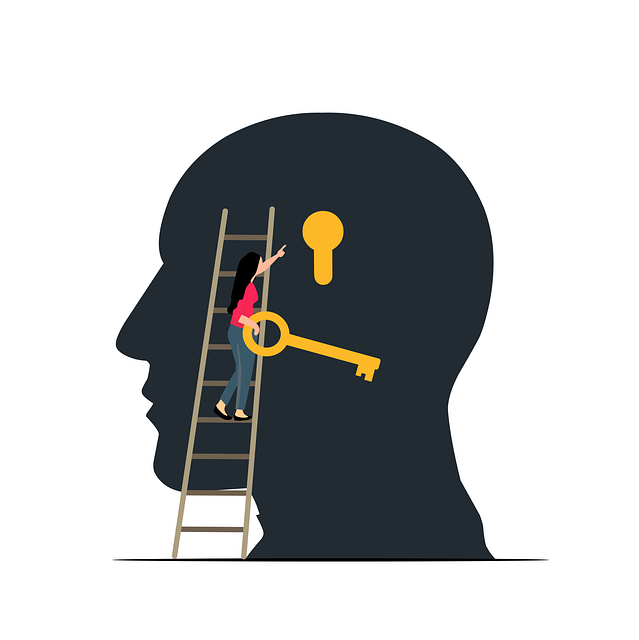Body dysmorphia, a complex psychological condition, distorts individuals' perception of their physical selves, leading to preoccupation with perceived flaws. Holistic counselling offers a comprehensive treatment strategy by addressing interconnected physical, mental, and emotional aspects. This approach integrates psychotherapy, mindfulness practices, nutrition guidance, art therapy, and dance to empower clients in cultivating healthier body image relationships, enhancing self-esteem, and building resilience. Techniques like mindfulness meditation, deep breathing, and somatic experiencing facilitate detachment from distorted thoughts, calm the nervous system, and reduce anxiety, ultimately promoting body acceptance and positive self-image.
Body dysmorphia, a complex condition affecting individuals’ self-perception, demands comprehensive approaches like holistic counselling. This article delves into understanding body dysmorphia’s multifaceted nature and explores how holistic counselling offers a transformative solution. We discuss a holistic approach, combining diverse techniques to address mental and physical aspects. From specific counselling strategies to supportive resources, this guide provides a roadmap to healing, empowering individuals on their journey towards self-acceptance and recovery from dysmorphia.
- Understanding Body Dysmorphia: Unveiling the Complex Condition
- The Holistic Approach: A Comprehensive Treatment Strategy
- Counselling Techniques for Mind-Body Connection and Healing
- Supportive Measures and Resources for Lasting Recovery
Understanding Body Dysmorphia: Unveiling the Complex Condition
Body dysmorphia is a complex psychological condition that significantly impacts individuals’ relationship with their bodies. It’s more than just being unhappy with one’s appearance; it involves a distorted perception of one’s physical self, often leading to excessive preoccupation and concern about perceived flaws or abnormalities. This condition can result in severe anxiety, depression, and even a decline in overall quality of life.
The disorder manifests differently for everyone, but common focuses include features like the size and shape of certain body parts, skin texture, facial symmetry, or scars. Individuals struggling with dysmorphia may spend an excessive amount of time in front of mirrors, engage in repetitive behaviors like skin picking, or use makeup to try to correct perceived imperfections. Understanding the multifaceted nature of body dysmorphia is crucial for providing effective support and treatment.
The Holistic Approach: A Comprehensive Treatment Strategy
Holistic counselling offers a comprehensive treatment strategy for individuals struggling with body dysmorphia by addressing the interconnectedness of physical, mental, and emotional aspects. Unlike traditional approaches that often focus solely on changing external appearances or cognitive behaviors, holistic therapy recognizes that dysmorphia is deeply rooted in an individual’s overall well-being. This approach encompasses various therapeutic techniques tailored to each person’s unique needs.
By integrating elements from different modalities, such as psychotherapy, mindfulness practices, nutrition guidance, and sometimes alternative therapies like art or dance, holistic counselling provides a well-rounded framework. This comprehensive strategy aims to empower individuals to develop healthier relationships with their bodies, enhance self-esteem, and cultivate resilience in managing dysmorphia’s impact on their lives.
Counselling Techniques for Mind-Body Connection and Healing
Holistic counselling approaches play a pivotal role in helping individuals manage body dysmorphia by fostering a profound mind-body connection, essential for healing. Techniques such as mindfulness meditation and deep breathing exercises promote present-moment awareness, enabling clients to detach from distorted thoughts about their bodies. These practices help calm the nervous system, reducing anxiety and depression often associated with dysmorphia.
Incorporating body-oriented therapies like somatic experiencing or sensorimotor therapy further strengthens this connection. Such methods encourage individuals to explore physical sensations related to their dysmorphic beliefs, helping them release repressed emotions and traumatic memories that may be contributing factors. Through touch, movement, and other sensory experiences, clients can gain new insights into the root causes of their distress, facilitating a more holistic and effective recovery process.
Supportive Measures and Resources for Lasting Recovery
Holistic counselling offers a range of supportive measures and resources for individuals recovering from body dysmorphia, focussing on more than just symptom reduction. This can include mindfulness practices like meditation and yoga, which help to cultivate present-moment awareness and reduce rumination on physical appearance. Cognitive behavioural therapy (CBT) techniques are also integrated, teaching clients to challenge negative thought patterns and replace them with more balanced perspectives.
Support groups play a vital role in fostering community and connection for those navigating dysmorphia. Online forums and communities provide accessible spaces for sharing experiences, offering encouragement, and accessing valuable insights from others on similar journeys. Additionally, access to specialised literature, online resources, and apps designed to support body acceptance and positive self-image can empower individuals to actively participate in their recovery process.
Holistic counselling offers a transformative path towards managing body dysmorphia, addressing the intricate interplay between mental and physical health. By employing counselling techniques that foster mind-body connection, this approach empowers individuals to heal from the root causes of their condition. With supportive resources and a comprehensive strategy, those struggling with dysmorphia can find lasting recovery and reclaim their well-being.



